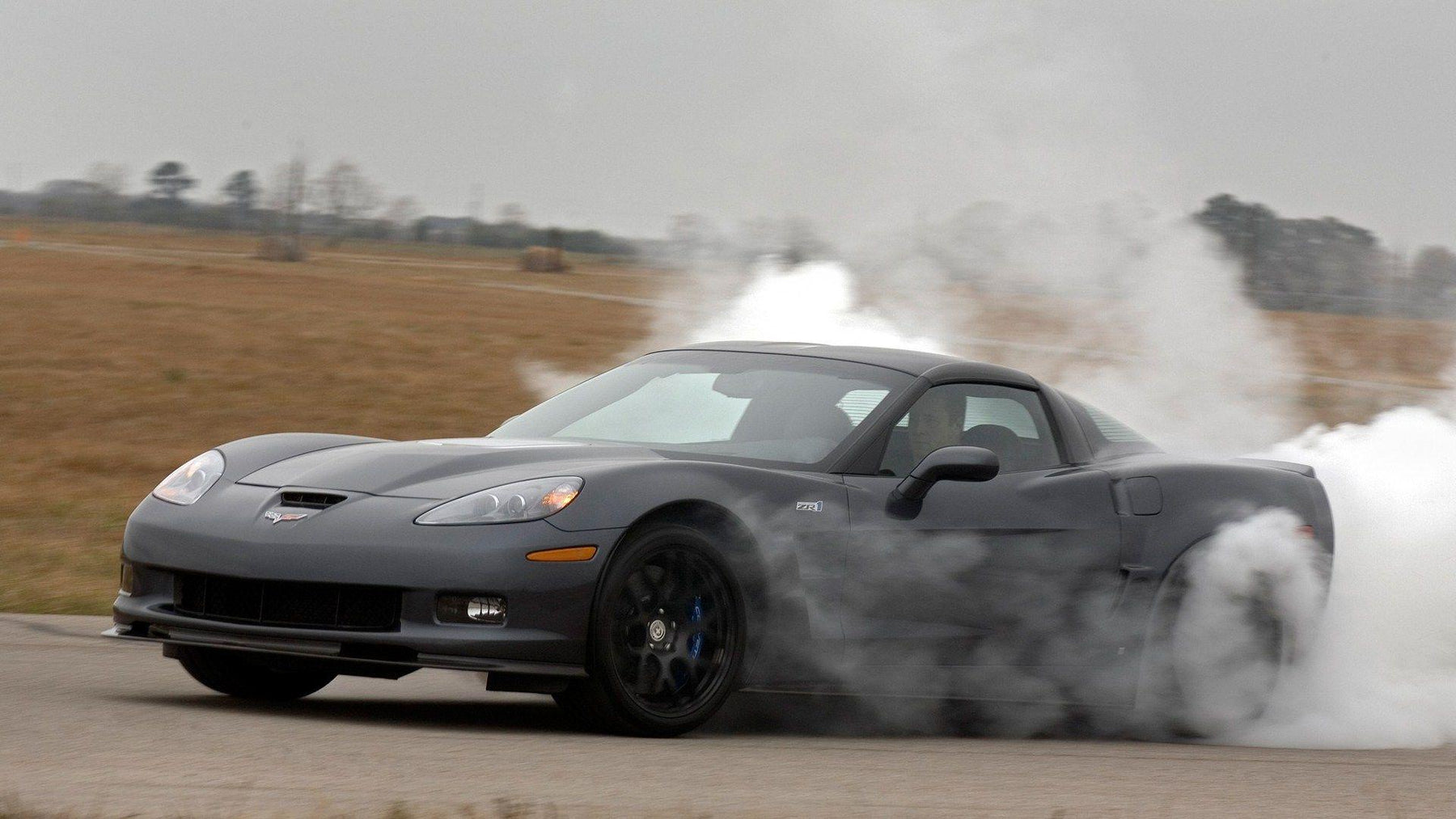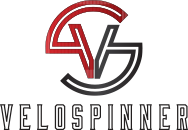
Rear Wheel Drive VS Front Wheel Drive
Most vehicles sold in the United States use a two-wheel drive system. While most small passenger cars use front wheel drive, larger trucks and SUVs use rear wheel drive. We will take a look at each drive system and go over their pros and cons.

Front Wheel Drive
Because most vehicles are front-engined, it is quite simple to add short drive axles to them and make them front wheel drive. This eliminates the need for a long and heavy driveshaft as well as a separate differential. This reduction in weight allows for better fuel efficiency than comparable real wheel drive vehicles. Fewer parts required also make the car cheaper to produce. A lower manufacturing cost and greater fuel efficiency account for their growing popularity and availability.
Performance, however, is not the strong suit of any front-wheel drive car. Front wheel drive vehicles tend to be nose-heavy. Under heavy acceleration, some vehicles will exhibit torque steer. This is when the front wheels will jerk to one side and cause the automobile to steer in that direction. The weight of the engine and drive axles in the front also put extra weight and pressure on the front tires. This makes them more susceptible to wear and tear. The extra weight, however, does allow for better traction and handling particularly in rain and snow.

Rear Wheel Drive
The exact opposite tends to be true regarding rear wheel drive vehicles. The engine provides power to the rear wheels through the power-train. The distributed weight allows for a better center of gravity and thus the performance capabilities improve. Rear wheel drive vehicles tend to be more rugged, especially if they have a solid axle design. Compared to front wheel drive cars, they can take more abuse without needing expensive repairs. This is the reason why service vehicles generally are rear wheel drive.
While performance and handling go up, fuel efficiency goes down. This is due to loss of energy in transferring power to the rear wheels. The weight of the drive-train is space out evenly. Because of this, poor weather will also cause a rear wheel drive vehicle to lose its traction and handling. One of the major downsides is the hump down the middle of the interior cabin.
Which drive layout is best? You will have to decide based on your needs and wants. Make sure to check out our previous article on how to properly clean a wheel.
